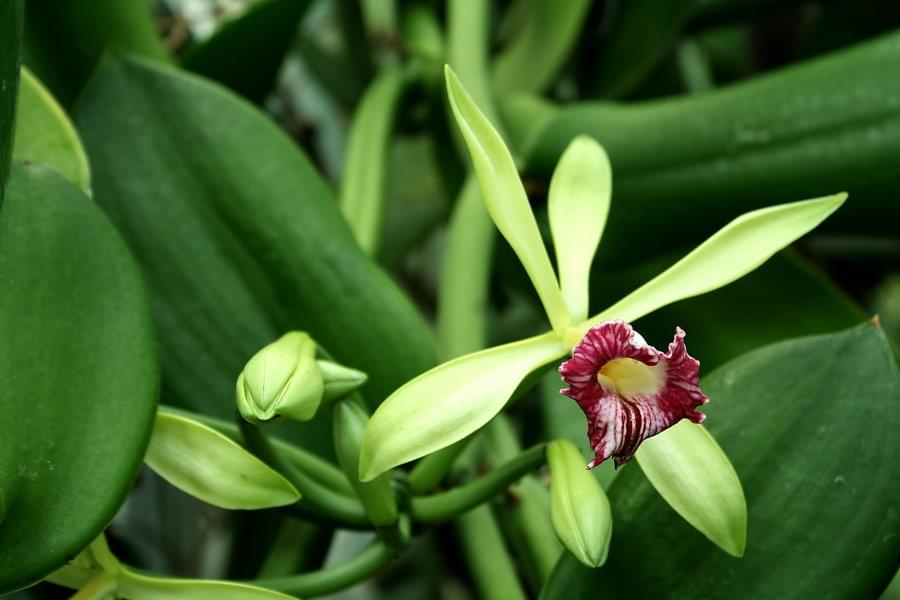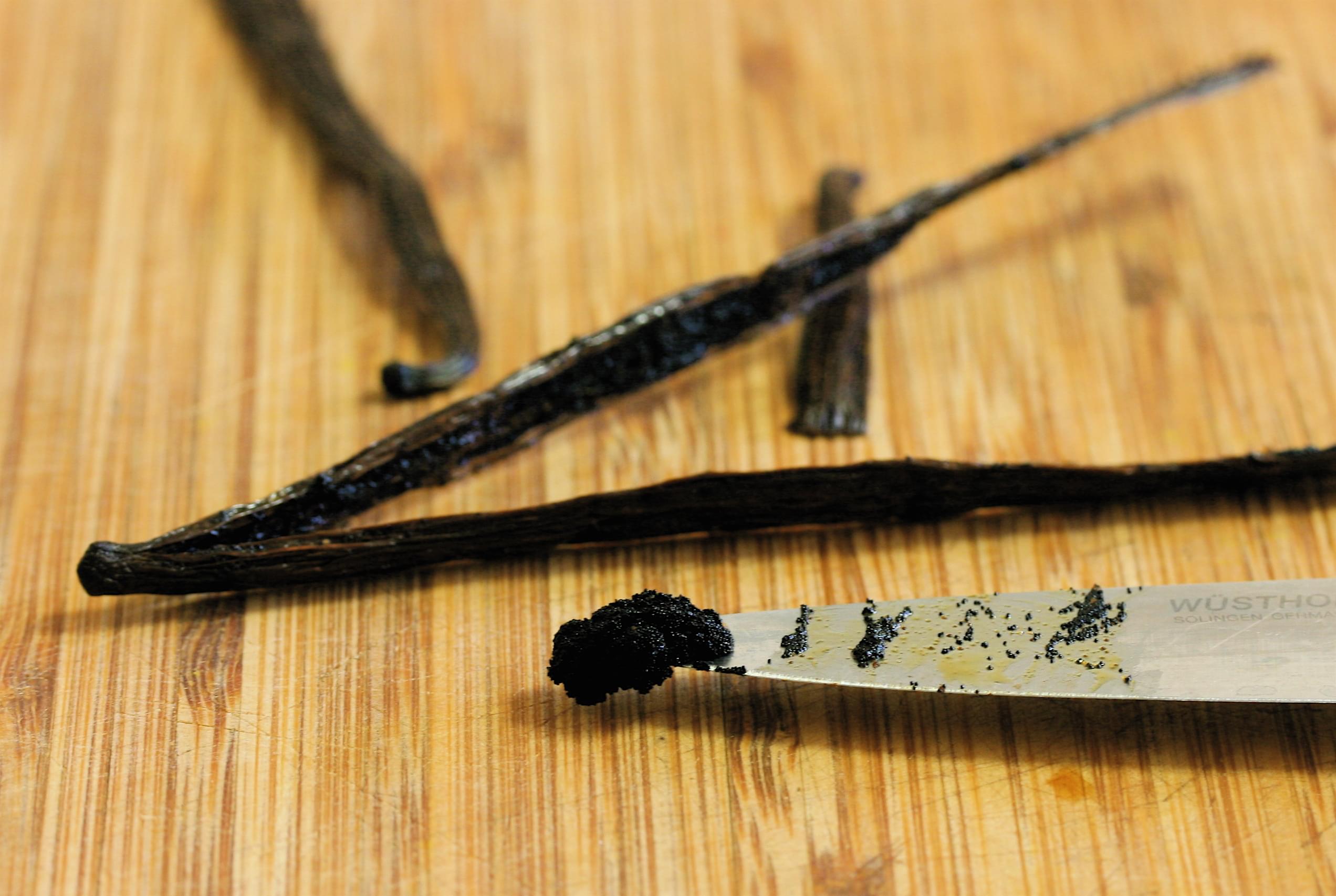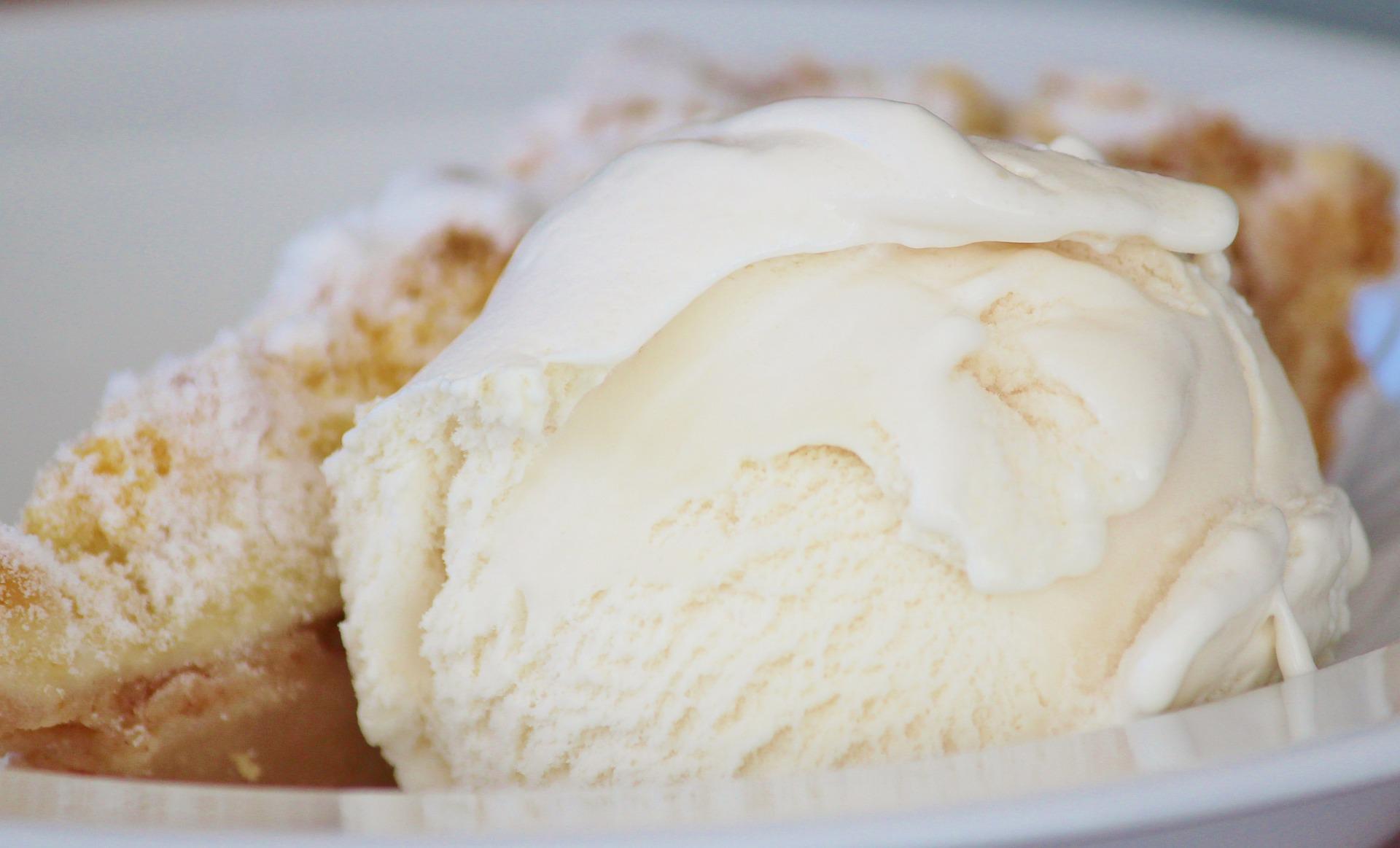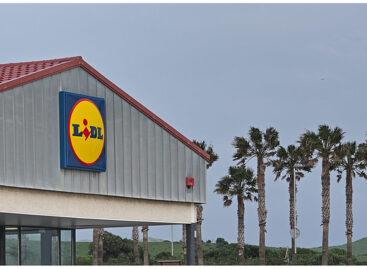Regional types of vanilla are crucial to developing flavorful concepts and NPD, say suppliers
Vanilla extracts continue to have a strong hold on the F&B industry as one of the most requested and price volatile ingredients globally. As such, supply chains for vanilla stretch far and wide to meet this demand, and initiatives to do so sustainably are growing.

The vanilla bean flecks in desserts are sought after for making products more appetizing
FoodIngredientsFirst explores the emergent themes in vanilla by speaking with some of the industry’s key flavor players. According to French flavor house Prova, world production for vanilla is growing, and the company believes this is supported by new origins such as Uganda.
“There are two main vanilla varieties that are used for food consumption: the Planifolia (approximately 90% of the production) and the Tahitensis (approximately 9% of the production),” explains Marie Le Beller, product manager at Prova. “The Vanilla planifolia is mostly grown in Madagascar, but also in Uganda and Indonesia. The vanilla Tahitensis can be grown in Tahiti but in minimal quantities, or from Papua New Guinea.”
Varying flavor profiles
The main interest between the two varieties is their aromatic profile, reveals Le Beller. “The Planifolia is the vanilla that most people are used to, but with a beany, woody, rummy and balsamic profile.”
Meanwhile, the Tahitensis vanilla has a more subtle profile, with anise, powdery or fruity notes. As Le Beller highlights, a Tahitensis vanilla would “be more interesting in a dairy application, such as a premium ice cream, for example.”Madagascar vanilla, also known as bourbon vanilla, originates from the islands of the Indian Ocean, including Reunion, Mauritius, and Comoros.
“A Planifolia vanilla can be used in all segments. It will round up the taste of the batter in bakery, enhance the notes of the chocolate, and bring the delicious and comforting notes of classic vanilla to a plant-based dessert. The Planifolia vanilla can be paired with everything, from caramel to coconut or peach to rum,” she further explains.

The vanilla planifolia is primarily grown in Madagascar but also in Uganda and Indonesia
Application opportunities and beyond
According to Hélène Moeller, vice president of global product marketing, Flavors at ADM, Madagascan vanilla, also known as bourbon vanilla, works well in a range of foods and beverages, such as frozen treats, meat glazes, coffee creamers and yogurt.
“Tahitian vanilla with its marshmallowy flavor profile with cherry-like notes, is excellent in pastry creams, fruit pies and shakes,” according to Moeller. Meanwhile, Ugandan vanilla is moderate and creamy and can be a great varietal to enhance flavors like dark chocolate, citrus or mint. “Vanilla from Tanzania is caramelic and has sweet brown notes, adding a delicate sweetness to baked goods and elevating smokey sauces or spicy curries. Indonesian vanilla is smoky and woody, and it’s best when blended with Madagascan or Ugandan vanilla to soften the intensity of the flavor notes,” Moeller elaborates.
Flavor journeys expand
Product developers and consumers alike seek the complexity of the distinct notes of vanilla varietals sourced from regions around the world.
According to Moeller, regionality is “particularly enticing, as many consumers are delighted by the opportunity to travel through their taste buds.”
Beyond Madagascar, ADM sources vanilla from other regions, including Uganda, Indonesia and Papua New Guinea.
“Each region has unique flavor profiles, and we allow product developers to showcase these different notes to capture consumer attention through concepts like our ‘tour of vanilla cookies and ice cream. Understanding the regional types of vanilla is vital in creating delicious, flavorful offerings,” Moeller highlights. The vanilla planifolia is primarily grown in Madagascar but also in Uganda and Indonesia.

Madagascar vanilla, also known as bourbon vanilla, originates from the islands of the Indian Ocean, including Reunion, Mauritius, and Comoros
Understanding provenance
One major consumer expectation in the world of vanilla is to understand the origin of food ingredients better.
According to Innova Market Insights, single-origin vanillas are becoming increasingly popular. Data from the market researcher reveals a growth in the number of new products that use Madagascar vanilla, with a CAGR of +17.84% over the 2018 to 2021 period.
“By using a single origin vanilla, one can build a whole storytelling that brings a touch of exoticism to the finished product and thus make the consumer travel through his consumption experience,” Kevin Bangratz, senior marketing researcher at Prova, explains.
Vanilla flavors offer more flexibility than extracts
Beyond regionality, there is also nuance when working with a broad vanilla portfolio ranging from pure vanilla extracts to vanilla bean paste and vanilla flavorings, fags Moeller.
“For example, pure vanilla extract brings more richness to dairy products. However, vanilla flavors have more flexibility than vanilla extract, particularly when using vanilla to counteract off-notes in high-protein products,” she says. “Plus, the visual flair of vanilla bean specks can add sophistication to classic treats, such as crème brûlée and ice cream.”
Seeking vanilla alternatives
Vanillin naturally occurs in vanilla beans. “It is the ‘vanilla taste’ signature that consumers know while it only represents 1 to 2% of the dry beans,” says Corinne Duffy, Global Technical Marketing Manager, at Solvay.
“Vanilla beans are indeed made of hundreds of different molecules. Synthetic vanillins have been developed in the last century as an alternative, a perfect copy of nature, with a larger scale availability. It also brings the vanilla taste affordable for all.”
Solvay, a producer of vanillin, believes the ingredient has a vital role in the market, “as it is one of the main ingredients for food, thanks to its panels of benefits,” Duffy explains. “The demand for synthetic and natural vanillin from ferulic acid is strong and has experienced strong growth in the last few years.”
Consumers are asking more and more for natural ingredients while taking into account sustainability or ethical practices, a trend that has bolstered the natural vanillin from fermentation, she notes.
Related news
Ultra-processed = Ultra-problematic?
🎧 Hallgasd a cikket: Lejátszás Szünet Folytatás Leállítás Nyelv: Auto…
Read more >Plants reimagined
🎧 Hallgasd a cikket: Lejátszás Szünet Folytatás Leállítás Nyelv: Auto…
Read more >What drink flavours did the summer bring?
🎧 Hallgasd a cikket: Lejátszás Szünet Folytatás Leállítás Nyelv: Auto…
Read more >Related news
New HR assistant helps K&H employees
🎧 Hallgasd a cikket: Lejátszás Szünet Folytatás Leállítás Nyelv: Auto…
Read more >Lidl To Invest €600m In Spain, Targets 300 Stores In Portugal
🎧 Hallgasd a cikket: Lejátszás Szünet Folytatás Leállítás Nyelv: Auto…
Read more >KSH: industrial producer prices in November 2025 were on average 2.7 percent lower than a year earlier and 0.3 percent lower than the previous month’s prices
🎧 Hallgasd a cikket: Lejátszás Szünet Folytatás Leállítás Nyelv: Auto…
Read more >







